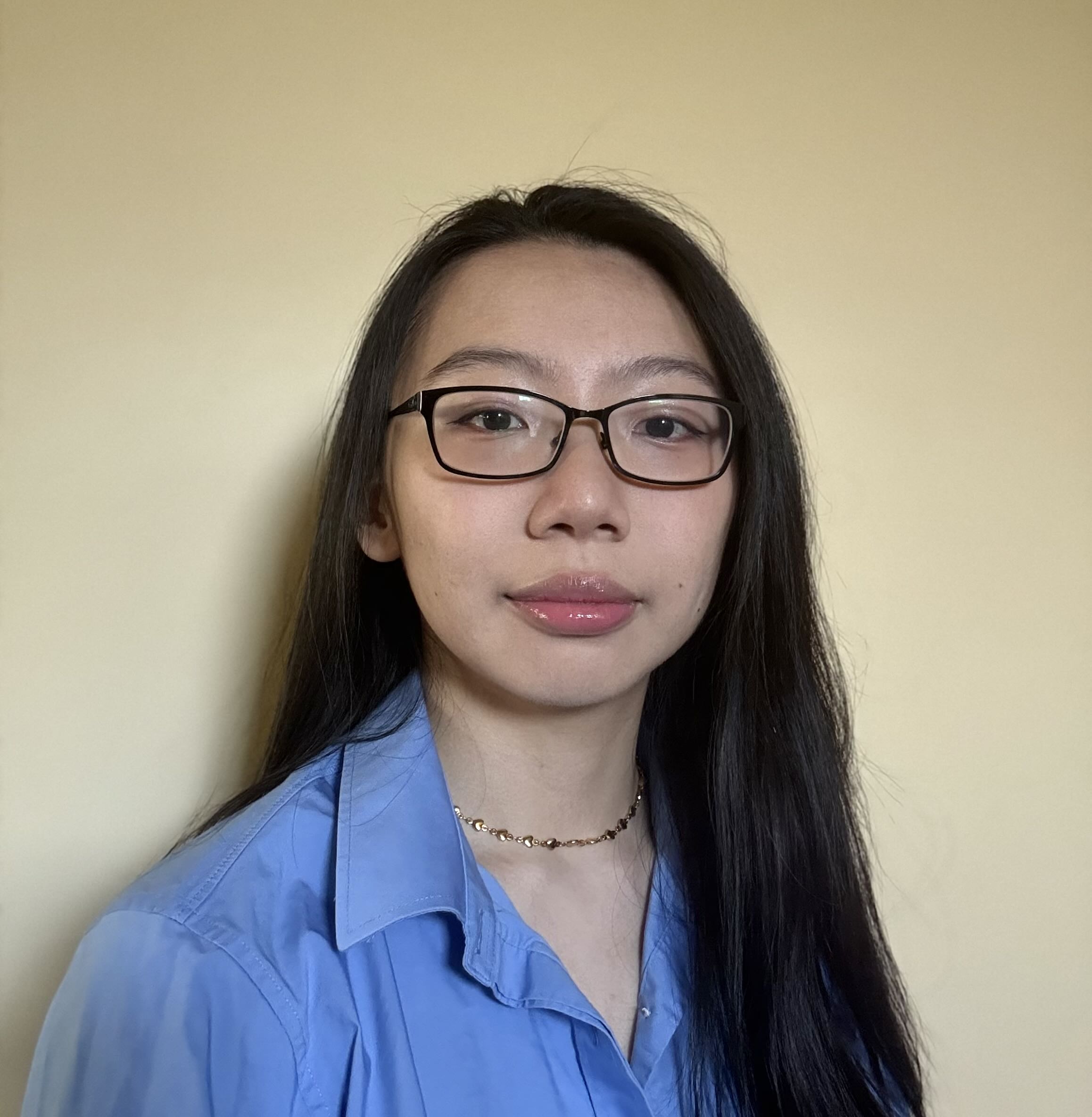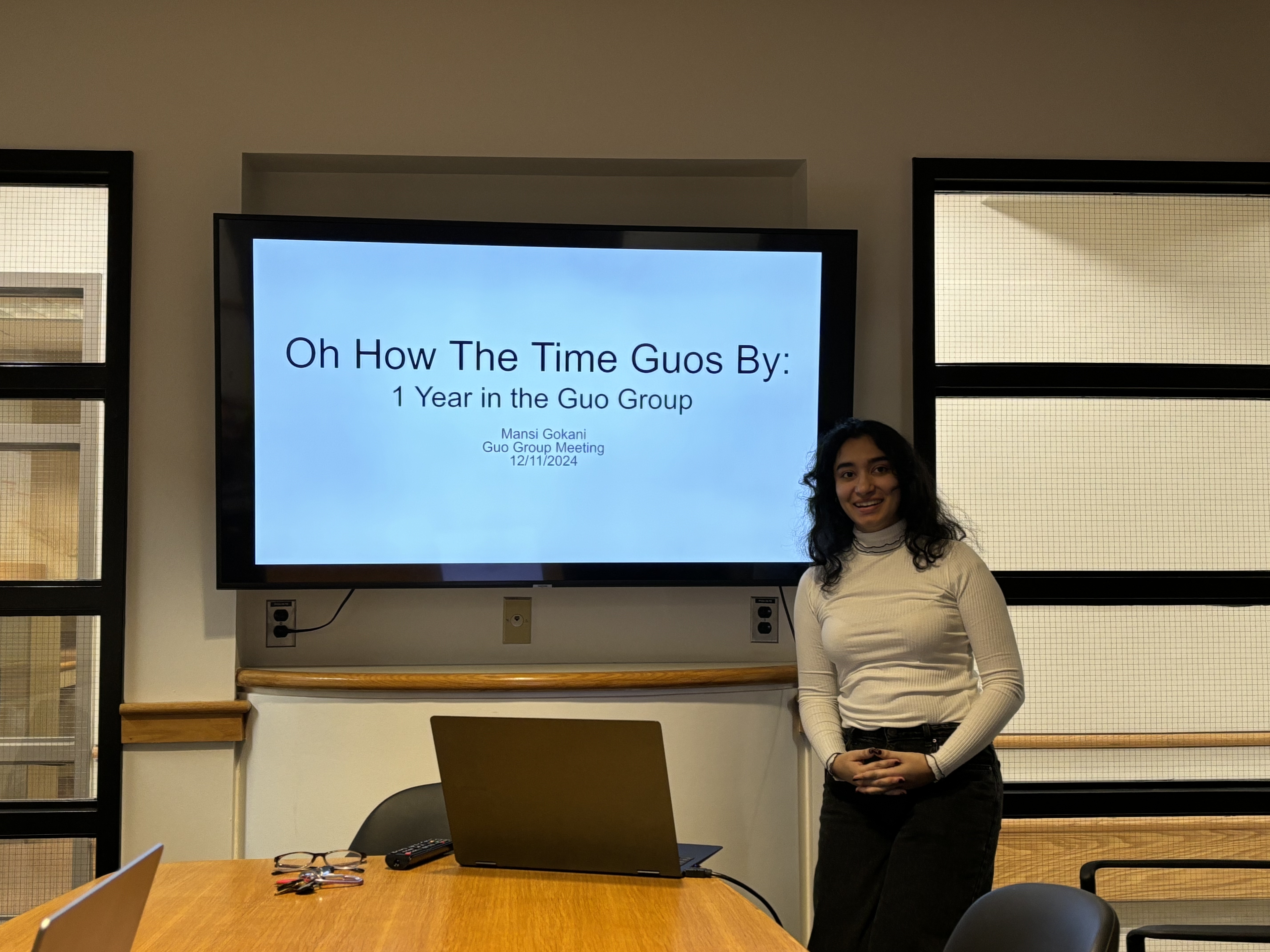Our lab uses molecular simulations to understand and design functional soft materials, with global sustainability and health challenges in mind. We work at the intersection of molecular simulations, machine learning, and information theory to discover and develop tunable organization, structure, and function.
Research
Discovering Soft Materials for Sustainability
Designing bio-inspired materials for environmental challenges, focusing on peptide-based systems for nanoplastic capture from water.
Designing Self-Assembly Pathways
Understanding molecular organization and phase behavior in soft materials through molecular simulations.
Developing Molecular Design Tools
Creating computational approaches that combine molecular simulations with information theory to guide materials discovery.
Team
Principal Investigator

Ashley Guo
Principal Investigator
Assistant Professor, Department of Chemical & Biochemical Engineering
Email: ashley.guo [at] rutgers [dot] edu
Office: Engineering C-164
PhD Students

Mansi Gokani
NIH Biotech Training Fellow, 2024-
B.S. Chemical Engineering, University of Washington, 2023
Email: mg1992 [at] rutgers [dot] edu

Benjamin Borow
B.S. Biomedical Engineering, Rutgers University–New Brunswick, 2023
M.S. Chemical and Biochemical Engineering, Rutgers University–New Brunswick, 2024
Email: bb569 [at] rutgers [dot] edu

Samiyah Siddiqui
B.S. Chemical Engineering, Rutgers University–New Brunswick, 2024
Email: sns173 [at] rutgers [dot] edu
MS Students

Kaelyn Chang
B.S. Chemical and Biochemical Engineering, Rutgers University-New Brunswick, 2025
Email: kc1228 [at] rutgers [dot] edu
Undergraduate Researchers

Brianna Fea
2024-2025 Aresty Research Assistant
Rutgers CBE c/o 2027
Email: bzf1 [at] rutgers [dot] edu

Jean Chen
2025-2026 Aresty Research Assistant
Rutgers CBE c/o 2028
Email: jc3188 [at] rutgers [dot] edu
Lab Alumni
Julietta Straviou, Georgia Tech CBE, Summer Visiting Student 2025
Prospective Students
We are seeking curious and motivated students who are interested in data- and information-driven modeling of biomolecules, polymers, and colloids. Students should have a strong background and interest in the physical sciences and mathematics. Previous experience in computer programming or molecular simulation is helpful but not required.
Current and prospective Ph.D. students are encouraged to contact Prof. Guo directly to discuss potential opportunities and research interests. Prospective graduate students should apply to the Rutgers CBE program. Highly motivated undergraduates are welcome to inquire about opportunities by emailing Prof. Guo with a copy of their CV and details on their relevant completed coursework.
News

Bri at AIChE Mid-Atlantic Student Conference

Last full-house group meeting of 2024

Group dinner
